Watch three creatives share life through their own lenses

The new Ray-Ban Meta smart glasses enable you to capture anything POV while keeping your hands free. We gave a pair to three talented visionaries to share their creative processes.
In partnership with Ray-Ban Meta
Words: Kyle MacNeill
Photography: Brennan Bucannan,
Zakarie Melloul
Wouldn’t it be cool if people could see the world through your eyes? We’re not dinosaurs; we know you can always shoot snippets of your life on your phone. But it’s much trickier to capture truly candid moments when you’re pointing your triple-camera (and maximalist phonecase) at someone.
Plus, chances are, you won’t be recording when that blink-and-you’ll-miss-it thing happens right in front of your peepers. A lot of the maddest memories happen when we least expect it, like that time a seagull snatched your freshly-vinegared chips on the beach. Or when you stacked it trying to get them back.
Enter, team Meta and Ray-Ban. The new Ray-Ban Meta smart glasses enable you to film at a moment’s notice, sharing the world through your own creative lens. Boasting a 12 megapixel camera (that’s likely the same as your phone) and a five-mic system, you can record life in crisp HD and even stream live to your IG. Or, you can export your impromptu Meta narratives later on.
The glasses also do pretty much everything else you can imagine: send messages, take calls and listen to tunes thanks to their nifty directional speakers. And they look a lot chicer than you might expect, thanks to Ray-Ban’s timeless style and a range of frames available in classic Wayfarer and Headliner silhouettes.
The real beauty, though, is in the “look Ma, no hands” element. This isn’t really possible with a phone unless you use a tripod, which means that you have to stay in one area, or mount it on a slightly unsightly helmet.
The hands-free approach also makes it a particularly exciting tool for creatives who want to film something hands-on. Whether you’re showing your followers how to spin yarn or spin tunes, the Ray-Ban Meta smart glasses are a wicked way of tracking the actual movement of your eyes.
So, to show off the specs’ special specs, we got producer P‑rallel, designer Freya McKee and DJ Kirou Kirou to capture themselves at work and answer a few questions.
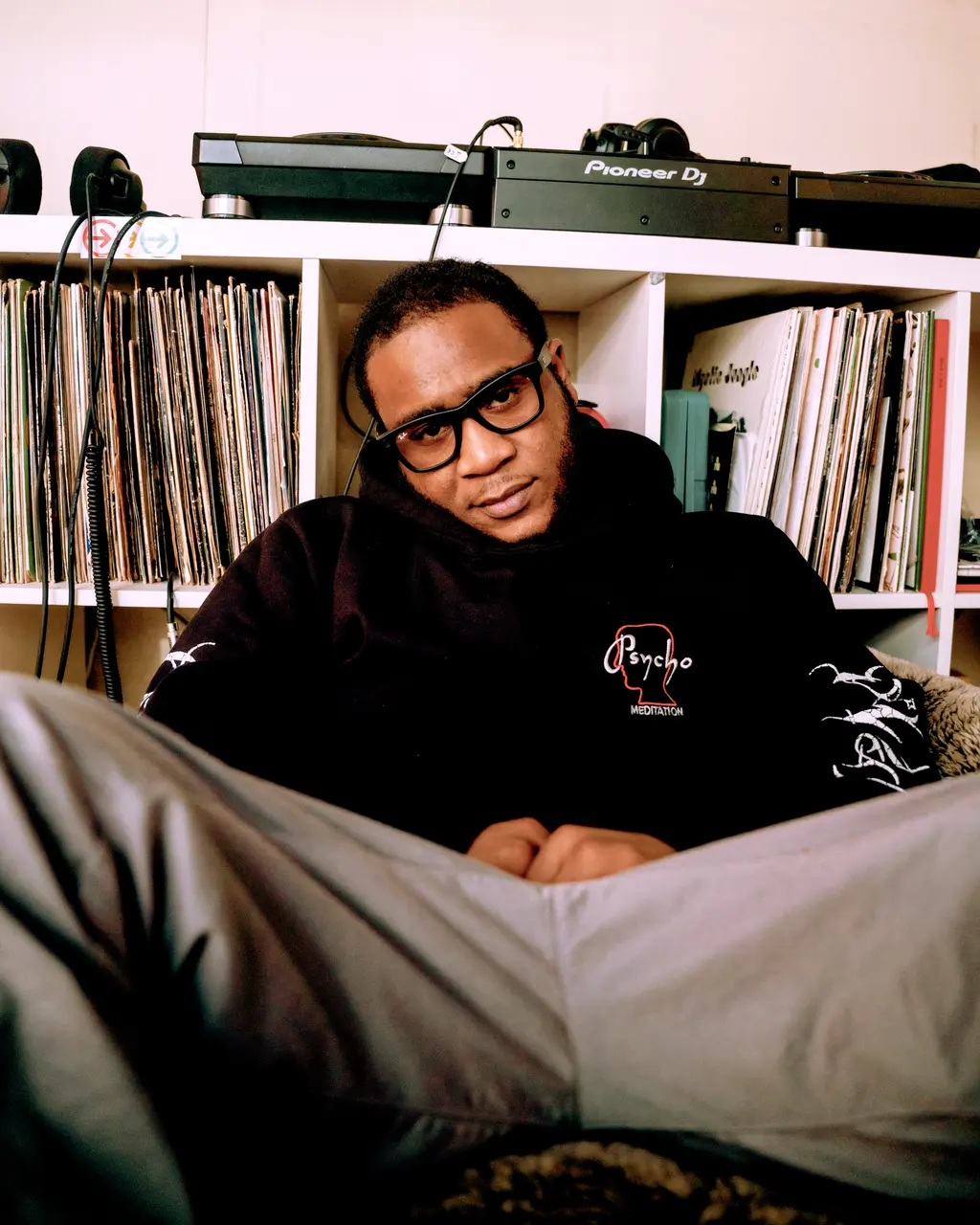
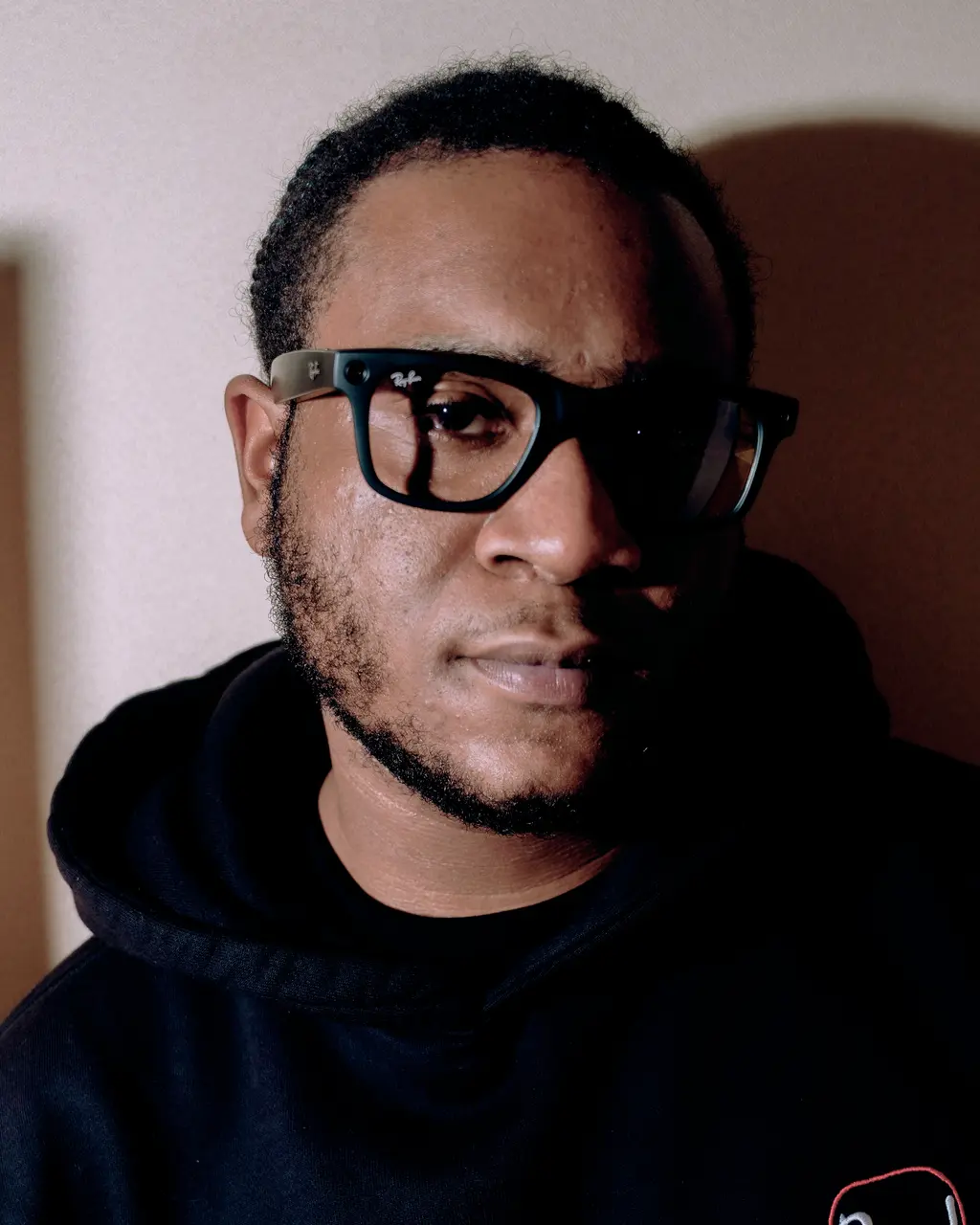
P-RALLEL
London-based producer P‑rallel throws it back to the old school through a fresh lens, with wildly addictive UKG, bassline and funky club house. Last month’s mixtape Movement saluted the sounds of the Big Smoke, cementing his status in the city and beyond.
What did you capture?
It was like a day in the life of what I would do at my studio: sit down and have a practice on the CDJs, and eventually make something from scratch or finish something off that I’ve had for a while.
What’s your studio like?
I built my studio to be like a mini bedroom. That’s where I started my stuff, so I thought it would be natural for me to replicate it. Just without a bed, I guess.
Do you think the smart glasses are good for learning?
If I was to do tutorials I’d probably use the glasses, because you don’t have to set up cameras and you’re literally getting a point-of-view preview of what I’m doing. The best way to learn is through your eyes, so it’s a very good way to film content and teach people how to do something.
What aesthetic do you like to use for your own visuals?
It’s about getting the best quality that I can get right now – like, watching documentaries, they’re all using the best cameras of the time. I think, right now, it’s about making it look as good as possible, rather than hanging onto that old school nineties VHS style.
Do you want it to match up to your music?
That’s the plan. I’m making music that’s a bit more fine-cut and grand and bigger-sounding, not just the bedroom stuff I was making back in the day.
What fashion are you into right now?
I just bought a load of Brain Dead stuff I’ve been wanting to get for a long time. But it’s very cold right now outside so I’m keeping it pretty basic. I can’t lie.
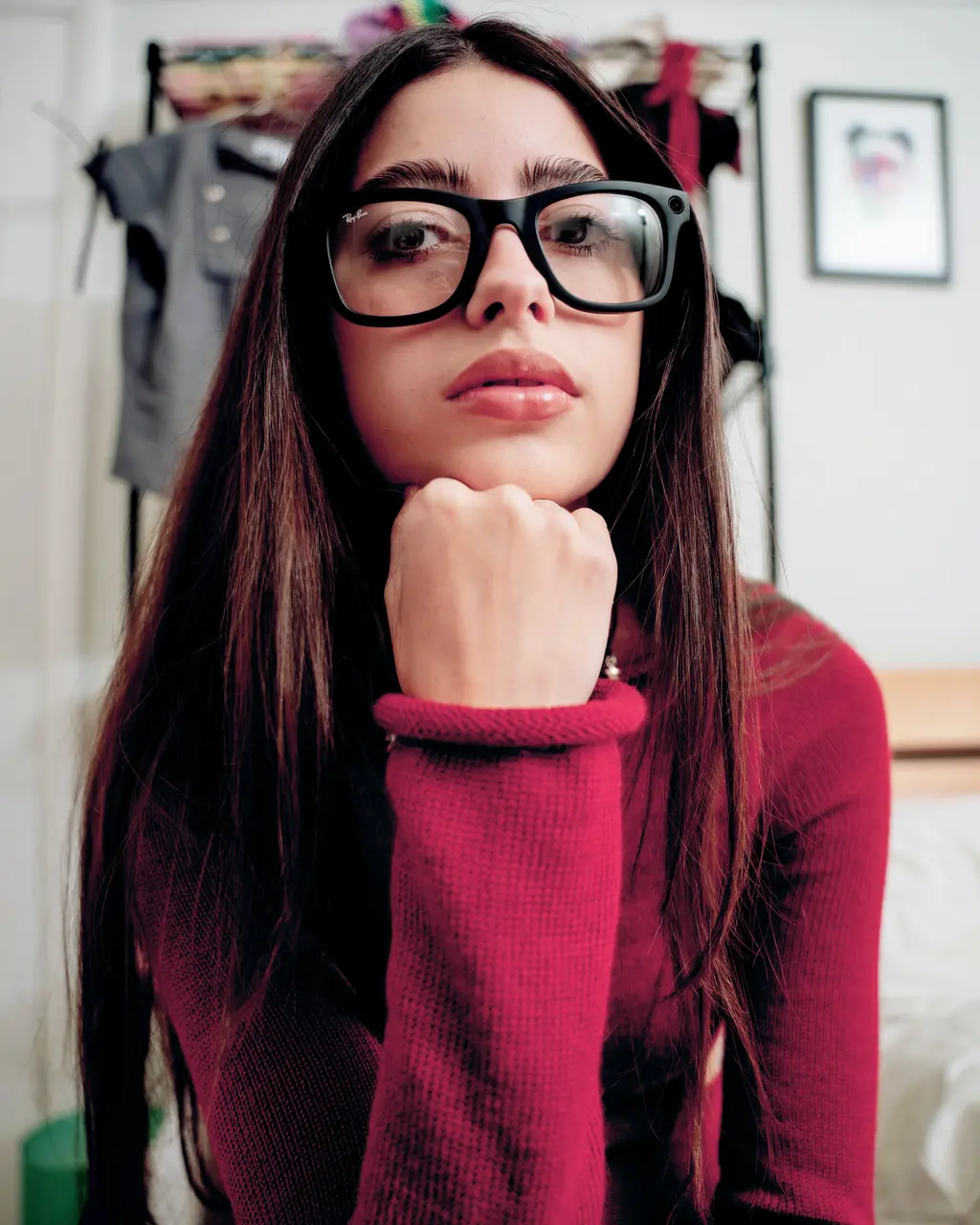
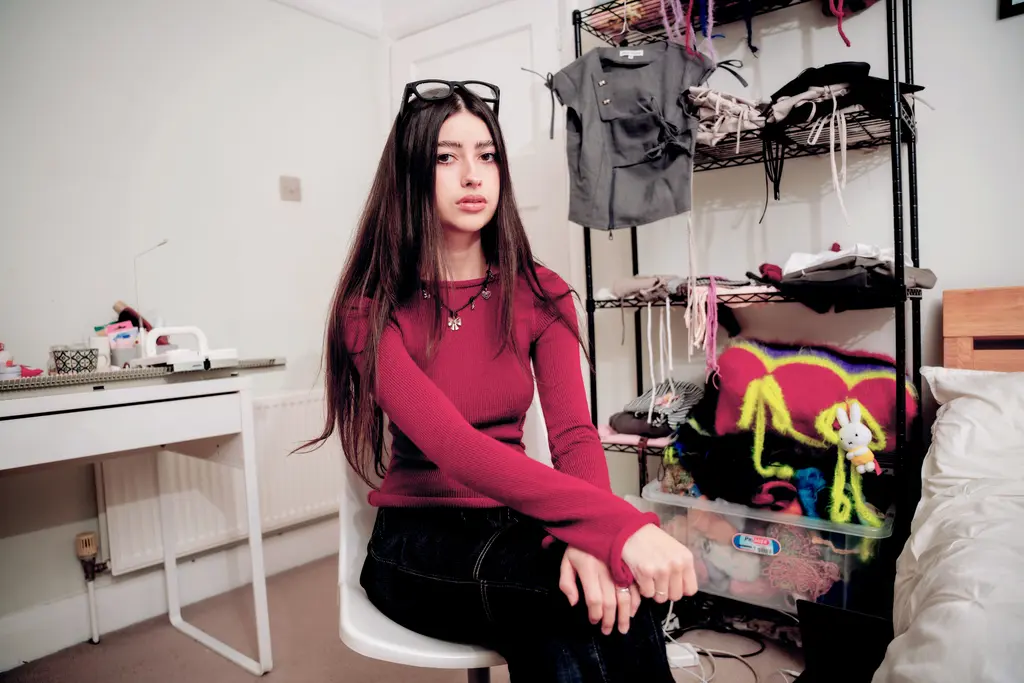
FREYA MCKEE
London designer Freya McKee has firmly become part of the fashion fray thanks to her rogue knits. Starting out as a Depop seller, McKee now has her own made-to-order brand worn by the likes of Emma Chamberlain and has showcased her work at Heaven’s flagship store.
What did you decide to capture?
I basically decided to film a process of designing a new hat for my winter collection. It began with sampling a few ideas, figuring out the pattern and the sizing, and then knitting it with crochet attachments.
Did the smart glasses feel natural to film with?
It’s super high-quality which I wasn’t expecting. It made the process a lot easier to film, because usually when doing clips for my socials I’ll set up a tripod with my phone. It’s a chore cutting between [shots], whereas with the glasses you can press one button and record everything clearly.
That must be dreamy for learning how to knit?
Sometimes when I watch tutorials it can be difficult seeing specific stitches and different types of crochet patterns. But with the glasses you can see individual stitches and where to pop a specific loop and things like that.
What catches your eye in your studio?
I work from home currently. Everything is very crammed into one area. I usually work from my bedroom or kitchen downstairs and bring my machine down. But the most prominent thing to me is my stock shelf which is right next to my bed. So immediately as I wake up it’s the first thing I see. That’s my first motivation!
Why are cutouts such a key part of your aesthetic?
When I was teaching myself a couple of years ago I thought I’d start with a basic tank top, but I thought it was too boring so I wanted to experiment. I casted off certain stitches and settled on the cutout as I liked how it was quite a simplistic design but with an added element. I tried to implement that in a lot of my new designs to create shapes around the body.
What kind of fabrics are you into right now?
For my made-to-order pieces, I like using Merino yarn as it’s a really nice quality and a big focus of mine has been researching fabrics to make pieces as long-lasting as possible. For one-off pieces, I use a lot of secondhand mohair sourced through eBay or Facebook marketplace. There are a lot of older ladies who like to knit selling them for really affordable prices.
Do you still find knitting therapeutic?
I’m still very driven by my job. Even in my spare time, if I’m trying to relax but I’m doing nothing, I’ll end up wanting to knit something. So I’ll make something for friends or family or try out a new design. I like to make more work for myself!
KIROU KIROU
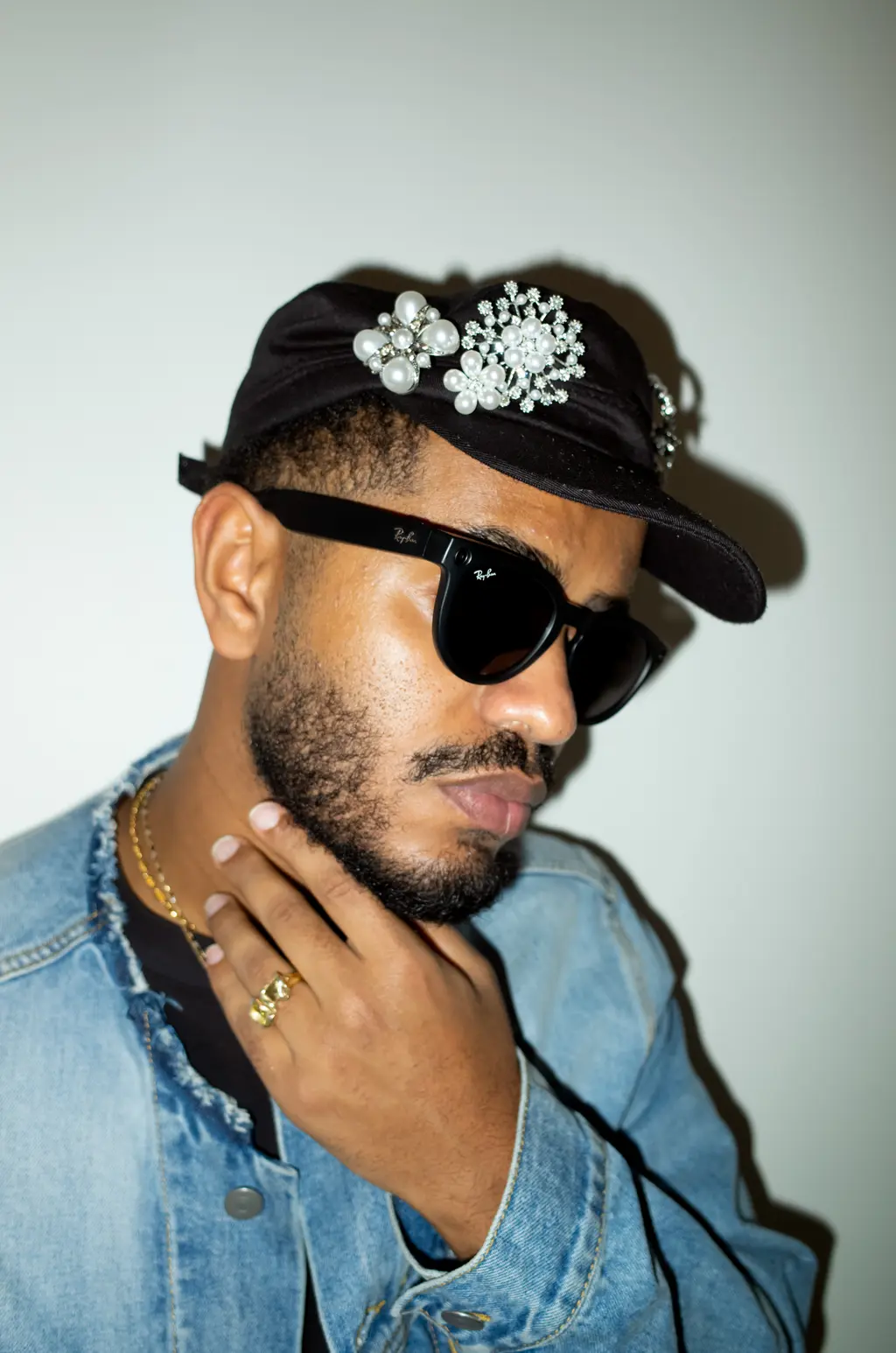
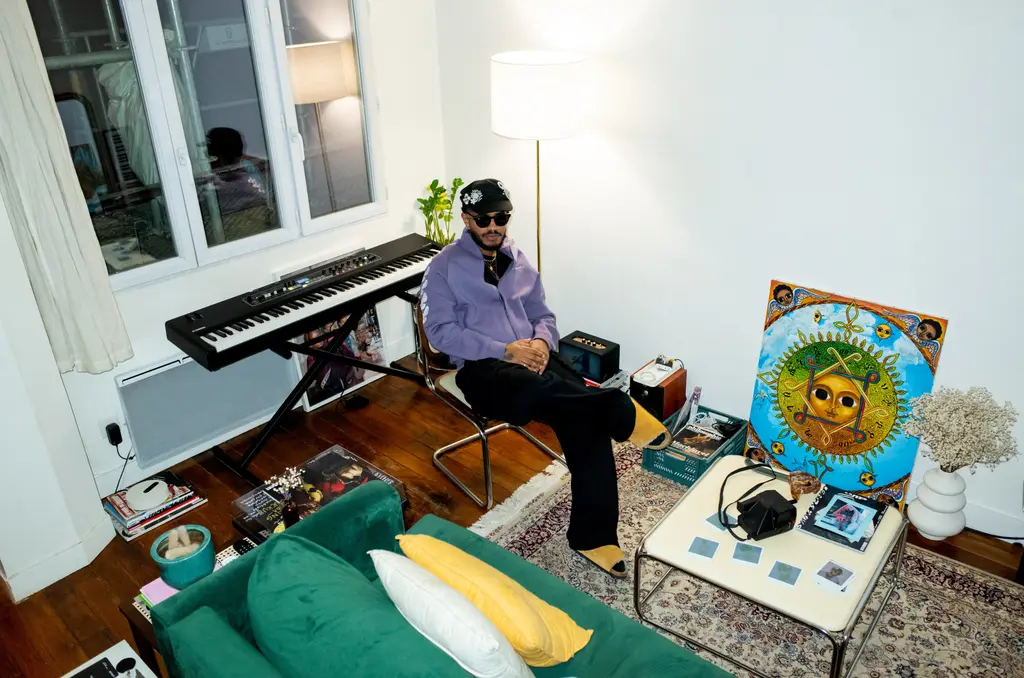
The founder of Parisian party-throwing collective 99GINGER, DJ Kirou Kirou isn’t afraid to flick the crossfader back-and-forth between genres, landing him and the crew ceiling-shaking gigs at Paris Fashion Week, Boiler Room and NTS.
What did you decide to capture?
It was my first time in Miami at Art Basel, so I wanted to show you my everyday routine and anything that interested me. It was a whole week of content.
How did it feel to film with the smart glasses?
The whole process is super interesting, because you can record videos but also listen to music and have conversations on Facetime and stuff. So it’s basically like using my headphones with cameras. It’s the future! It’s like the next step of what could be VR but in real life. It’s fire.
Are they useful for DJs who want to film content?
Even when I was DJing it was super helpful because you don’t need to use your hands. I was making music in the studio and you can then export the video so other people can learn the whole process. It could be cooking, anything, man. The quality of the images is really good, I didn’t expect that.
Is it important to keep an eye or two on the crowd as a DJ?
You’re basically reading the room playing music and people are giving you energy which you then have to give them back. So that’s why it’s really important to feel the energy and ideally look at the crowd.
Do you see mixing as a kind of handicraft?
Yeah, I like using everything, the filters and FX. It just depends on what you’re doing. Your personality as a DJ is how you do your transitions – two DJs can play the same song but the way they get there is different.
What was it like working as an art director for Roche Musique?
It was about curation and trying to approach the brand in the most tasteful way. I was handling collaborations with brands and artists, managing projects, and so I was able to be across everything. It really helped me learn how to set up a collective and how to work with partners and produce events.
How did it inspire you in terms of aesthetics?
Artistic direction is as important as the music – the way you promote and communicate your music and the quality of your content. With 99GINGER I direct everything. Your music has to reflect your image.






